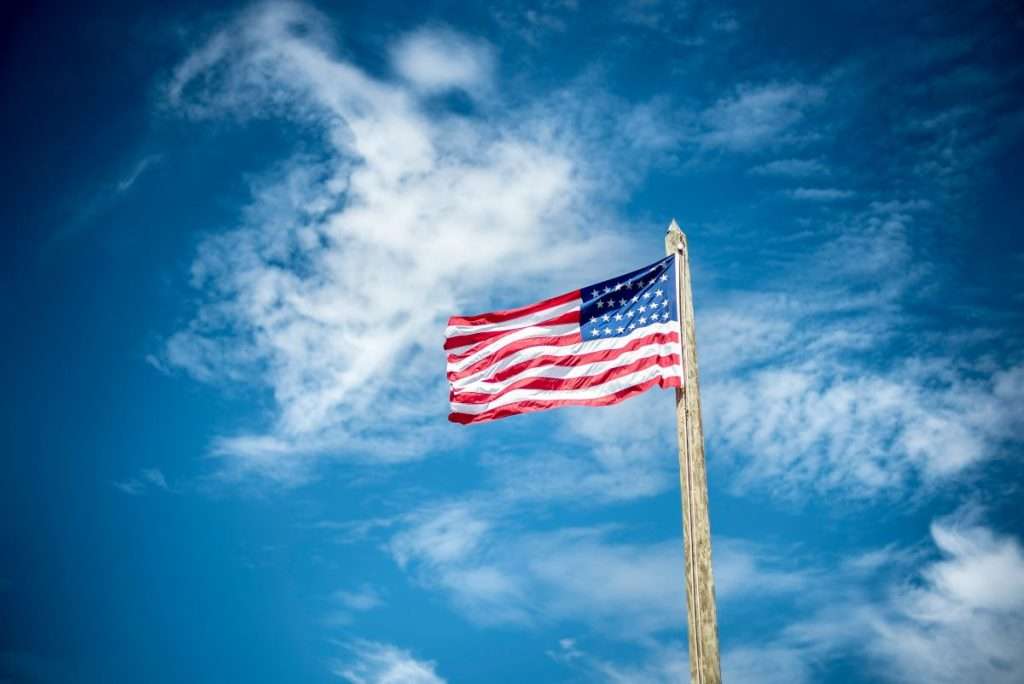As the U.S. presidential elections in November 2024 have brought tariffs into sharp focus. Both Democrats and Republicans seem to agree on the importance of this issue, which will significantly impact procurement both before and after the election. The full implications may not be clear until after January 2025, when the new president takes office.
During his first term, President Trump imposed more tariffs than any recent president. President Biden has since maintained these levies while increasing the amounts in many categories. In May 2024, the Biden administration announced a wave of tariff increases impacting imports from China on a range of goods, including electric vehicles, lithium-ion EV batteries, steel and aluminium products, and semiconductors.
The Tariff Impact on Supply Chains
These tariffs, brought under Section 301 of the Trade Act of 1974, cover $18 billion of imports from China. Some of the announced tariff increases will take effect immediately, while others will come into play in 2025 or 2026.
The U.S.-China Business Council claimed that the tariffs imposed by the Trump administration in 2018-2019, worth $300 billion, cost the US economy 245,000 jobs. In response, China initiated more than $106 billion worth of US goods for an estimated tax of nearly $11.6 billion.
The Real Cost of Tariffs
A common misconception is that the exporting country pays the tariff. In reality, the company that buys and imports the goods pays the tariff, and the cost is usually passed on to customers through higher prices. In the US, tariffs are collected by Customs and Border Protection.
The Unpredictable Consequences of Tariffs
The imposition of tariffs may have unintended consequences, and the effects may not be entirely predictable. The country could experience a short-term positive impact. However, other countries could activate their own tariffs, leading to a decline in global trade.
The Tariff Effect: Case Study of Harley-Davidson
Sometimes, tariffs have the intended effect. To protect Harley-Davidson, the last US-based motorcycle manufacturer, the US increased tariffs on imported motorcycles to 45%. During the tariff term, Harley made improvements that allowed the company to thrive to this day, gaining about half the market share for motorcycles. Harley petitioned the government to lift all the tariffs as it became more competitive.
The Global Supply Chain in the Crossfire
With supply chains caught in the crossfire, procurement professionals must be ready to reshape supply chains on short notice, upending perhaps decades of relationships and processes. The global supply chain is so complex that tariffs may have a negative effect on the country that imposes them. Tariffs on EVs made in China and components used in domestic production have led to higher prices for EVs at a time when EV adoption has slowed.
As the tariff landscape continues to shift, supply chain directors must stay informed and be prepared to adapt their strategies accordingly. The ability to navigate these changes will be crucial for maintaining operational efficiency and competitiveness in the global market.





